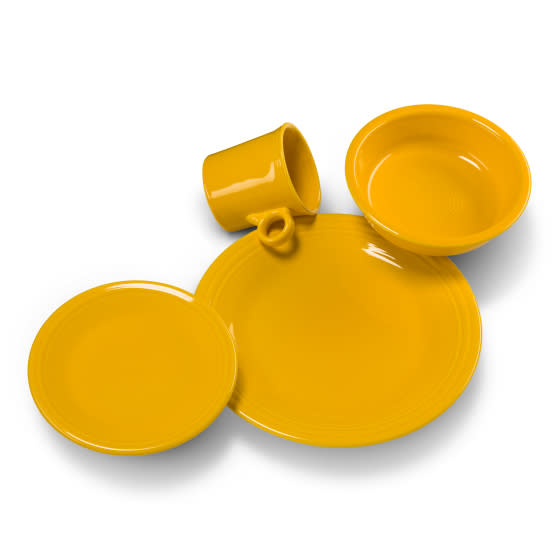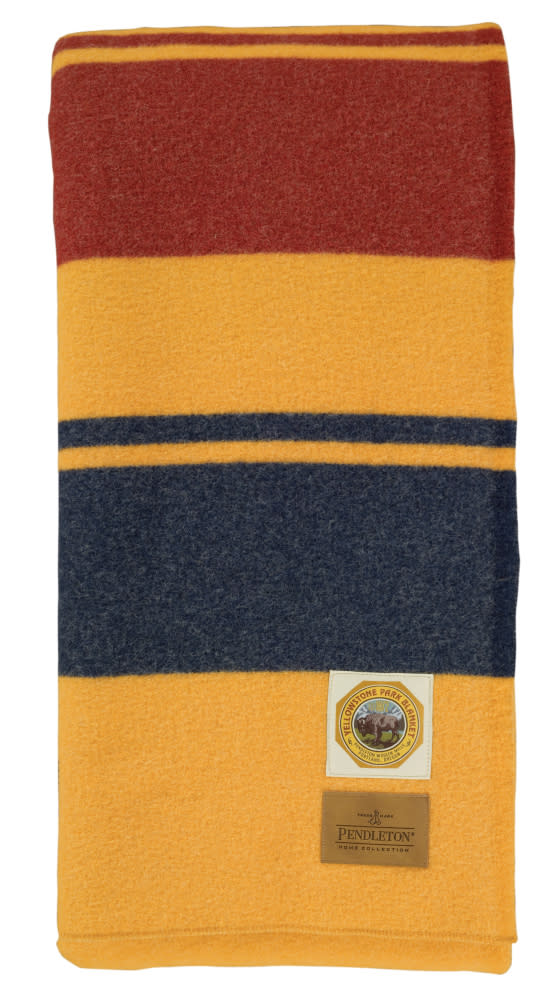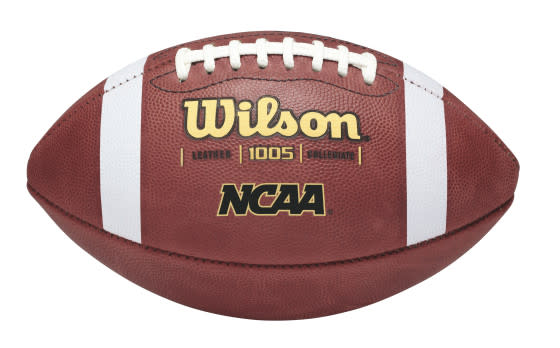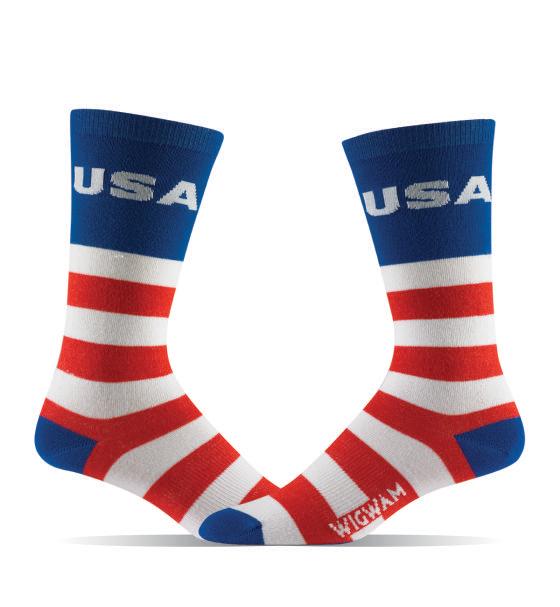8 Surprising Products That Are Still Made in the U.S.A.
The days when one in four Americans worked in a factory are long gone, due in part to trends like automation and global trade. But manufacturing is still the single largest sector of the country’s economy, while the U.S. remains the world’s second-largest manufacturer, behind only China. And in fields like aerospace, automobiles and machinery, some American manufacturers are reaching record production levels.
That’s good news for shoppers looking to “buy American,” a resurgent trend over the last few years. But which household items qualify as American-made? The following products are all made in the U.S., many in their respective companies’ original factories. Another bonus: Many of those factories offer tours, boosting local economies through tourism.
Lodge Cast Iron Skillet ($18, Amazon)

Behold Lodge’s 10.25-inch pre-seasoned cast iron skillet, an icon of American cooking. Cast iron is the heavy duty, indestructible cookware that your grandparents used and passed down through the generations. And if gran’s pans said “Lodge,” they’re still made in the same place.
Since 1896, Lodge’s cast iron pots and pans, as well as its newer line of seasoned carbon steel cookware, have been made at the company’s foundry in South Pittsburgh, Tennessee. (A second Lodge foundry is opening there next year.) Although the company doesn’t source all of its products domestically, a Lodge representative said about 80% of its products are made in the U.S. (Lodge’s leather handle holders are made at the Nokona baseball glove factory in Texas.)
Fiesta Dinnerware Setting ($15, Amazon)

This four-piece dinnerware setting comes in more than a dozen vibrant colors, because that’s their thing at Fiesta. Fiesta Dinnerware debuted in 1936, reflecting the popular hues of the times before going out of style and being retired in 1973. However, the brand became a hot collectible in the 1970s and 80’s. It returned to production in 1986, and Fiesta is now enjoying another resurgence - a new color is introduced each year, with 2017 bringing us “Daffodil.” All Fiesta dishes are made at the Homer Laughlin China Company factory in Newell, West Virginia. But some Fiesta-licensed products, like linens and kitchen accessories, are not.
Chemex Classic Series Coffeemaker ($42, Amazon)

The 6-Cup Classic Series Chemex coffeemaker is an icon of simple modern houseware design. It’s valued by coffee lovers for ease of use and the resulting flavor. Invented in 1941 by an eccentric chemist, Chemex has been family-owned since 1980. It continues making its coffeemakers, filters, handblown water kettles and various accessories in western Massachusetts.
Pendleton Yellowstone Wool Blanket ($188, Amazon)

This 100% virgin wool blanket is from Pendleton’s National Park collection, introduced in 2016 in celebration of the parks system’s centennial. All Pendleton blankets are made at the company’s two Pacific Northwest weaving mills, beginning with the fleece and all the way through the dyeing, carding, spinning and weaving processes. The original 1909 mill in Pendleton, Oregon and a second facility in Washougal, Washington also supply the woolen fabric for Pendleton products and clothing, although some of those are not made domestically.
Wilson GST NCAA Football ($80, Amazon)

This is the classic GST series, 1003 model all-leather game football used by NCAA college and high school teams across America - the same place it’s made. All of Wilson’s leather footballs are crafted in Ada, Ohio at the world’s oldest leather game ball factory. (The Super Bowl balls are made there, too.) Wilson footballs that are not 100% leather, like the composite Pee Wee balls, are made elsewhere.
Maglite Heavy Duty Flashlight ($21, Amazon)

This hefty 4 D-cell torch with spot and flood light features is a familiar sight. Since their introduction in 1979, Maglites have provided powerful illumination to police, first responders, and civilians alike. And like all Maglites, this one is American-made in the company’s Southern California factory. Mag Instrument is not shy about its made-in-the-U.S. bonafides, dedicating a page of its website to the subject. Mag Instrument does, however, qualify that sometimes parts must be sourced from outside the U.S., and when that happens, they include that information on the label.
Crayola Ultimate Collection Crayons ($15, Amazon)

This crayon caddy with included sharpener is the largest such collection from Crayola, offering a selection of 152 colors. That’s a long way from Crayola’s first box of eight shades, released in 1903. Crayola makes more than 60% of its products at its Easton and Bethlehem, Pennsylvania facilities, including crayons, markers, paint, and art kits, as well as Silly Putty, Model Magic, Air Dry Clay, and Color Wonder brand items.
Wigwam Americana Crew Socks ($11, Amazon)

These stars-and-stripes emblazoned crew socks in a polyester blend with odor- and moisture- battling properties are from Wigwam’s Americana collection. Wigwam has been at it since 1905, making more than 90% of its socks at its hosiery mill in Sheboygan, Wisconsin. It’s also been family-owned for four generations. Wigwam sources the majority of its wool domestically, and it’s taking steps to reduce its carbon footprint via solar power and motion-detecting lights. (Like all of the company’s socks, this pair carries a lifetime guarantee.)
